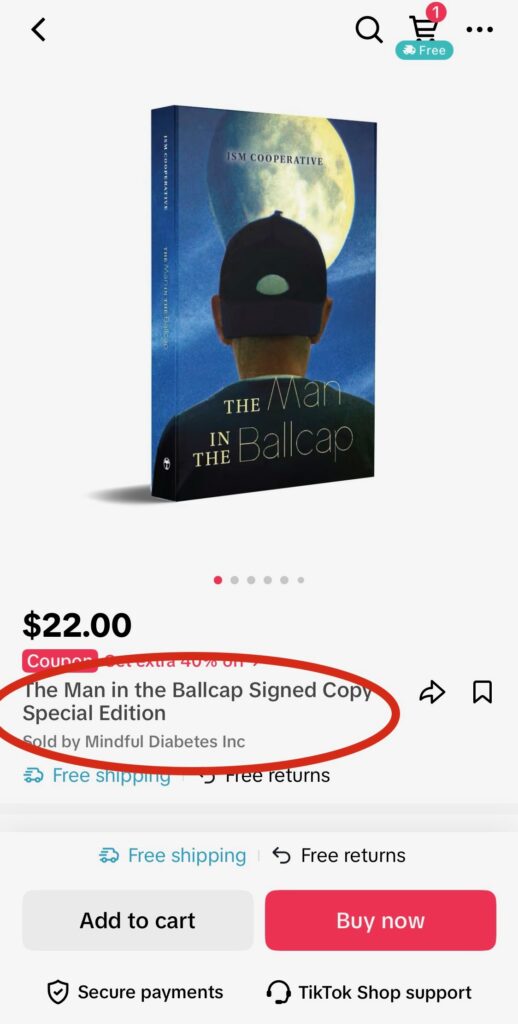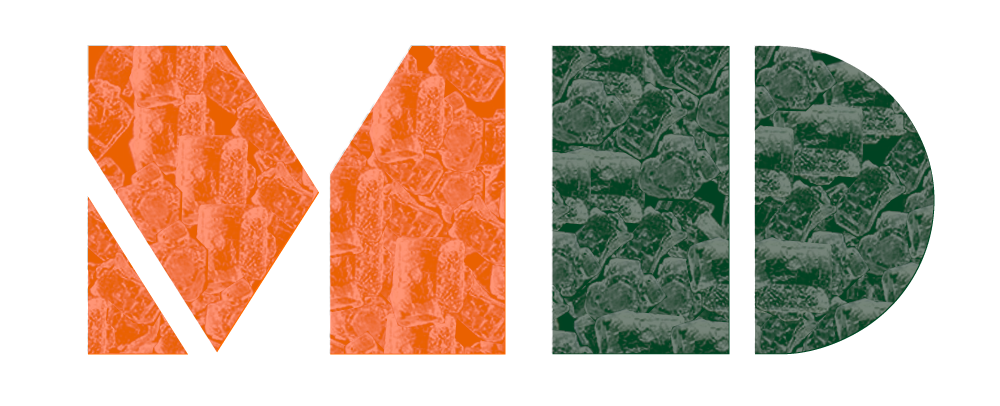
Want to listen instead?
🧘♀️ Transform Your Day: A Detailed Guide to Wellness Habits for a Balanced Life
In the hustle of modern life, it’s easy to prioritize everything but ourselves. Yet, the most effective way to navigate challenges, improve mental clarity, and sustain health lies in cultivating small, impactful habits. At Mindful Diabetes Inc., we aim to bridge the gap between aspirations and actionable steps through our Pathways to Wellness series. In this guide, we explore how integrating simple daily routines like journaling, stretching, and gratitude practices can create profound changes in your overall well-being.
This isn’t about an all-or-nothing approach—it’s about starting small. These habits don’t require hours but just a commitment to consistency. Science shows that layering such habits not only supports physical health but also enhances emotional resilience and mental focus. This guide provides a detailed exploration of how you can seamlessly weave these routines into your daily life, paving the way for a more balanced and fulfilling existence.
Let’s delve into the routines that can help you reclaim your day, from morning mindfulness to evening relaxation.
❤️ Join Us in Preventing Type 3 Diabetes
Your gift supports scientifically backed prevention programs, cognitive-health education, and AI tools that help families reduce the risk of Alzheimer’s-like symptoms linked to diabetes.
Mindful Diabetes Inc. is a 501(c)(3) nonprofit — all donations are fully tax-deductible.
🧬🧠Daily Wellness Routines for a Balanced Life
Mindfulness and Mental Clarity
Mental clarity and emotional resilience are the cornerstones of a well-balanced life. Incorporating mindfulness practices helps ground your thoughts, enhance focus, and reduce stress, allowing you to approach challenges with clarity and calm.
1. Journaling: Writing Your Way to Balance
- The Benefits: Journaling is a mental decluttering tool, a place to process thoughts, set goals, and reflect on progress. Research shows that people who journal regularly experience reduced anxiety and heightened self-awareness.
- How to Begin: Use prompts such as “What is one thing I want to achieve today?” or “What are three things I’m grateful for?” Dedicate 10–15 minutes in the morning or evening to this practice.
- Practical Tips: If writing feels daunting, start with bullet points. Explore digital journaling apps like Day One for a structured approach or stick to a classic notebook for flexibility.
- Deep Dive: Studies from the Journal of Positive Psychology reveal that gratitude journaling enhances dopamine production, a key neurotransmitter in mood regulation.
2. Gratitude: Small Steps, Big Impact
- How It Works: Gratitude rewires the brain to focus on positive experiences. Writing down three specific things you’re thankful for every evening can improve your emotional state and foster optimism.
- Science Backing: Studies have shown that individuals practicing gratitude report 23% fewer symptoms of depression and improved sleep quality.
- Take It Further: Combine this practice with mindfulness meditation. Sit quietly, reflect on the day, and visualize the moments you’re thankful for—it amplifies the emotional benefit.
- Practical Example: Start by appreciating small wins, such as enjoying a meal, a smile from a colleague, or completing a task.
3. Breathwork and Meditation
- Why It’s Essential: Focused breathing has been shown to reduce cortisol levels, enhancing your ability to handle stress.
- How to Practice: Try the 4-7-8 method: inhale for 4 seconds, hold for 7, exhale for 8. Do this for 5–10 minutes daily to center your thoughts.
- Tips for Beginners: Use meditation apps like Insight Timer or Headspace to guide your sessions. Start small, aiming for 2–5 minutes, and gradually increase as you grow comfortable.
🌟 Try Our Free Wellness Tools!
Set the high score in our Mindful Eating Game, explore JEIR, or dive deeper into the science behind our AI-driven prevention tools!
🤖 Try JEIR — Your AI Wellness Guide 🎮 Play the Mindful Eating Game 📘 Read About the Mindful Eating Game 🤖📘 Read About the AI Behind JEIRPhysical Health Anchors
Physical routines build the foundation for energy, strength, and resilience. Consistent movement, proper nutrition, and hydration work synergistically to support your wellness goals.
1. Stretching: A Morning Ritual
- Benefits: Stretching wakes up your body, improves circulation, and prevents stiffness. It’s particularly effective for reducing the risk of injuries and relieving muscle tension.
- Daily Routine: Focus on gentle movements like cat-cow stretches for the spine, shoulder rolls for upper body relaxation, and hamstring stretches for flexibility. Dedicate 10 minutes each morning or before bed.
- Enhanced Impact: Pair stretching with deep breathing to create a meditative experience. Exhale deeply as you reach into each stretch to maximize relaxation.
2. Movement Throughout the Day
- Simple Practices: Incorporate short walks after meals to aid digestion and stabilize blood sugar. Standing desk stretches or taking the stairs instead of the elevator also add meaningful movement.
- The Science: A 10-minute walk after meals can reduce blood sugar spikes by 20%, according to a study published in Diabetes Care.
- Weekend Routine: Dedicate time to activities that mix fitness with fun, such as hiking, yoga, or dancing. The key is to find movement you enjoy, ensuring consistency.
3. Hydration and Balanced Nutrition
- Hydration Tips: Start your day with a glass of water infused with lemon or mint to kickstart digestion. Set reminders to drink water throughout the day—aim for at least eight glasses.
- Nutritional Balance: Include whole grains, lean proteins, and plenty of vegetables in your meals. Avoid processed foods as much as possible.
- Easy Prep Ideas: Plan ahead with meal prep to ensure your snacks and meals are aligned with your wellness goals.
Evening Wind-Down for Restorative Sleep
Evenings are the bridge between today’s challenges and tomorrow’s opportunities. A calm and structured evening routine can improve sleep quality and mental clarity.
1. Digital Detox for Better Sleep
- How It Helps: Blue light from screens interferes with melatonin production, delaying sleep onset.
- Action Plan: Create a technology-free zone at least 30 minutes before bed. Instead of scrolling through social media, read a book, practice light stretching, or journal your reflections on the day.
2. Reflections and Intentions
- Practice: Write down one thing you accomplished and one thing you’re looking forward to tomorrow. Reflect on what went well and what could improve.
- Benefit: This simple practice clears mental clutter, reduces nighttime anxiety, and helps you wake up with a sense of purpose.
3. Progressive Muscle Relaxation
- How to Do It: Lie in bed and progressively tense and release each muscle group, starting from your toes and working up to your head. This technique relieves physical tension and prepares your body for deep rest.
- Bonus Tip: Combine this practice with calming aromatherapy using lavender or chamomile scents for maximum relaxation.
Conclusion: Your Path to Sustainable Wellness
Incorporating small, consistent habits into your day can transform your overall well-being. From journaling to stretching, each habit builds upon the last, creating a foundation for mental clarity, physical vitality, and emotional resilience.
At Mindful Diabetes Inc., our Pathways to Wellness series champions the idea that wellness isn’t about perfection—it’s about persistence. Start with one habit, whether it’s a gratitude practice or a 10-minute stretch, and watch it ripple into broader changes in your life. With time, these practices will weave into your daily routine, creating a life centered on balance and mindfulness.
Let’s make wellness a priority together. Start today, one habit at a time.
📖 Continue Exploring 🌐
Don’t stop here! Dive deeper into the fascinating connection between mental wellness and physical health in our upcoming blogs. There’s always more to discover and explore.
💌 Stay Informed and Inspired 📬
Subscribe to our newsletter for the latest insights, tips, and updates on the mindful path to better health. Together, we’ll continue to unlock the secrets of a balanced and vibrant life.
Thank you for your continued support and readership. Here’s to a healthier, happier you! 🌈💚




